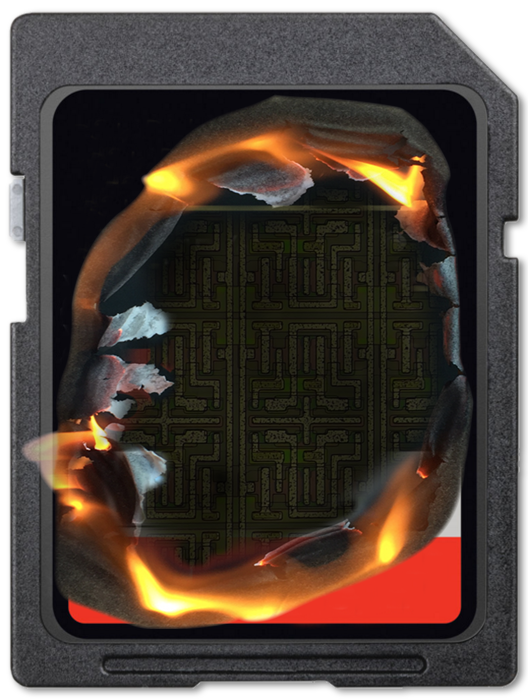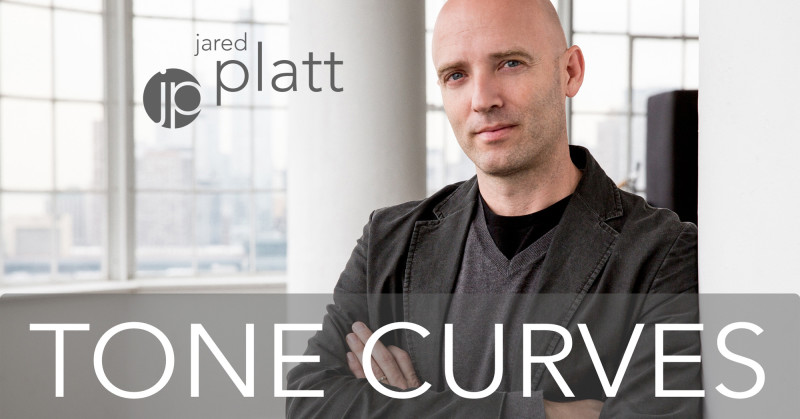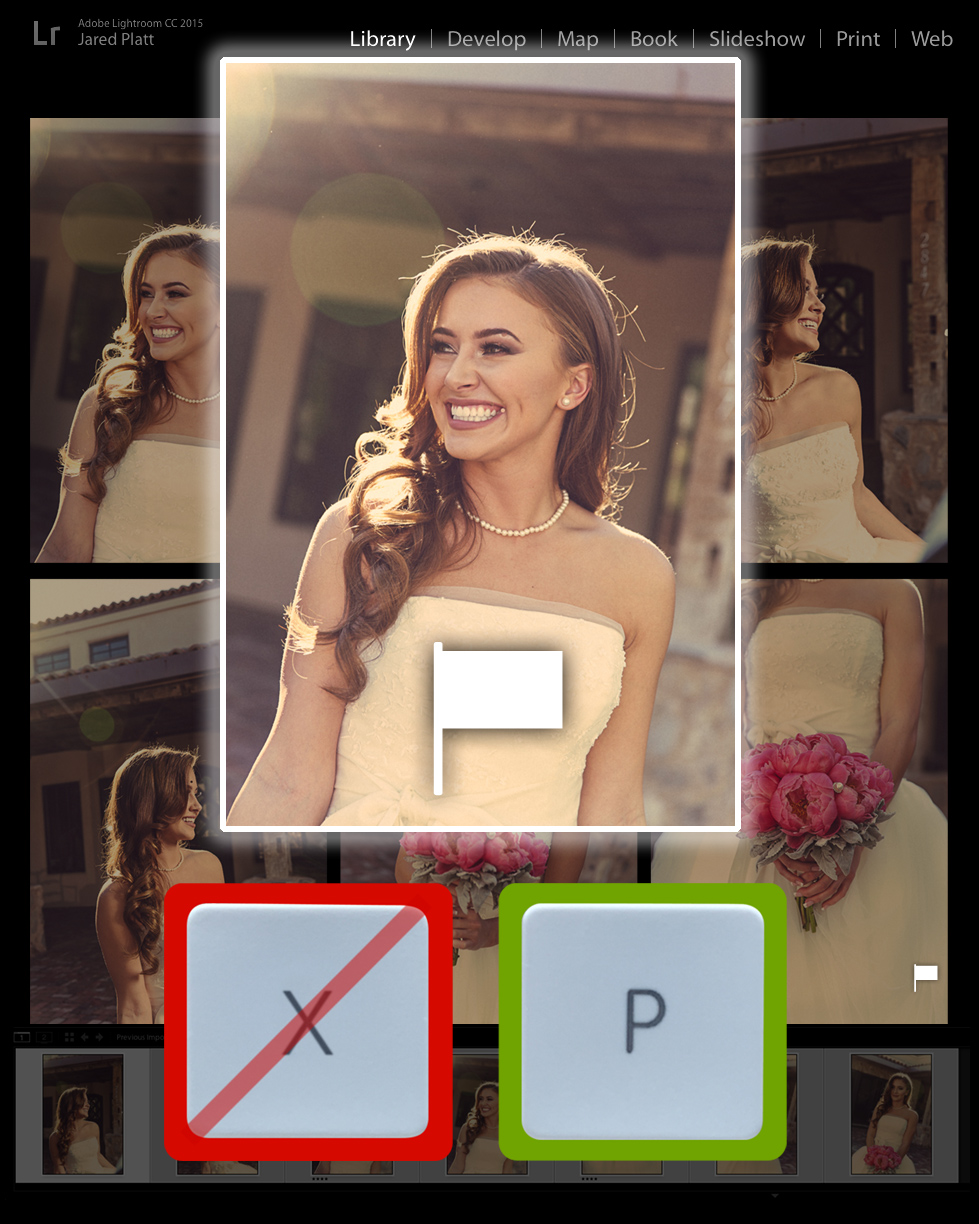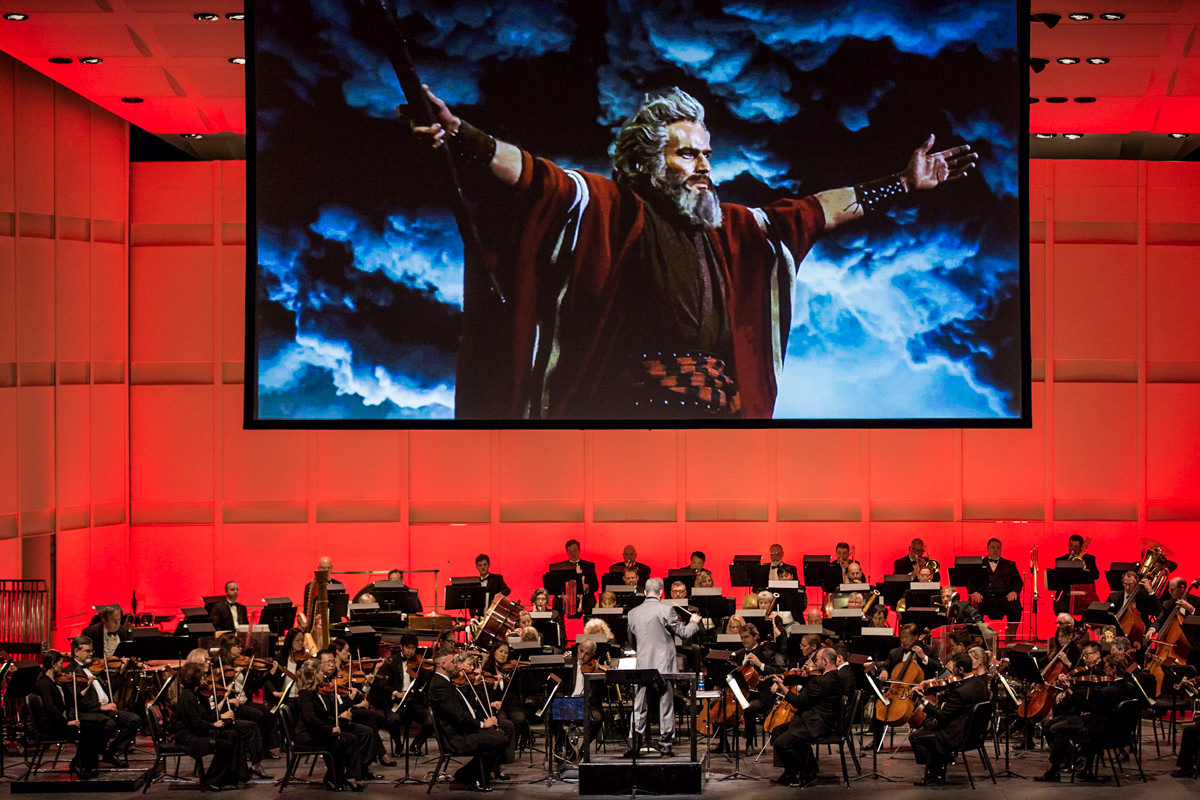Most of you know that I select and process images in Adobe Lightroom. Although I have been using Lightroom from the day it came out as a Beta, I didn’t always have that luxury. For many years it was a hodge-podge of solutions. Each piece of software had its own unique skill set, and early on, Photoshop and Bridge did not even recognize a RAW photo file. So, it was one program to cull (select) my images, one to adjust, one to retouch and one to organize and yet another to deliver. As digital photography evolved, Adobe began to make all of these processes available in one piece of software, and then… Lightroom was born. But as I traveled and taught seminars, I observed one common flaw in most photographers’ workflow; so in spite of technological advancements, photographer’s remained in the stone ages. The flaw was an ignorance of a principle I call Positive Selection.
Positive Selection is simply the act of recognizing the good images and ignoring the mediocre and poor images, to follow the same principles that are used in the act of “selecting” at the camera. That is, we never reject images, we only select. This is the method we use in the camera, and we are generally good at it, so you are already able to own this method of selection, you just need to embrace it. In fact, if you are not already following this method and you try my five steps to Expert Photo Culling with Positive Selection, I guarantee you will immediately cut your selection time by half.
The book Blink, by Malcolm Gladwell, is about how well trained intuition is a powerful tool. Gladwell illustrates that many “choices that seem to be made in an instant-in the blink of an eye… actually aren’t as simple as they seem.” In fact, he argues that to the trained mind, these choices are made up of the instant recognition of many minute indicators which add up to intuitive knowledge. Your intuitive mind processes these factors in the background and uses them to make snap decisions that are, nonetheless, correct. In my studio, I use a principle that I call Expert Photo Culling with Positive Selection to harness this intuitive power to make selecting images quick, easy and pleasant. You too can train yourself to use your intuitive artistic nature and take the dread out of image selection.
The noted author Arthur Quiller-Couch coined the phrase “Murder Your Darlings.” He meant that as a writer (artist, poet, photographer) we have to often reject parts of our work that we love because we recognize that they don’t help tell the story. This is an essential process that results in much better work, but it shouldn’t be the whole focus of editing. For many, the editing process is a painful experience. It involves hitting the Reject button one by one and killing our darlings till only the very best images remain. I will show you why this approach is not only slow and ineffectual but also degrading and discouraging as an artist. Also, I’ll illustrate how you can achieve the same results much more quickly and effectively while training your photographic eye to make better intuitive decisions even while shooting.
Five Steps to Expert Photo Culling with Positive Selection
- DON’T GET REJECTED: Avoid using the Reject Button (X). Use the Pick button (P) instead. Imagine, an editing session involving 5000 images where you want to deliver 10%. In this example, if you use the Pick button to choose the best 500 images instead of the Reject button to reject 4500, that’s 4000 fewer button clicks, saving you 60 minutes of click time alone, to say nothing of the agonizing decision making time it takes to bring yourself to pull the trigger and off each one of those 4000 little darlings!
- SEE IN YOUR PERIPHERY: Use Survey Mode to compare a number of images at one time instead of just one at a time. I find that viewing 6 at a time is what I can effectively compare on a 27” monitor. Would you rather look at 5000 individual images or 1000 groups of 5 images? You will find another instant speed increase by surveying a group of images at one time.
- FASTER AND BETTER: Comparing 6 similar images at once in the survey mode will allow the best images to jump out at your already trained intuition and because your mind is making these intuitive decisions based on comparison, surprise, surprise… you will also make better decisions. And with practice, it will become easier to do and you will get even faster. As a bonus, this becomes a training exercise for better framing and decision making at the camera. Faster and better, is definitely better!
- YOU DESERVE ONLY THE BEST: In every group of six (or however many you choose to view simultaneously), choose only the best. Force yourself to limit your selection to 1 or 2. Don’t fall into the trap of selecting more. More is definitely less when it comes to similar images! (Watch for my upcoming blog post on The Economics of Images). Let yourself feel the images, they will almost choose themselves, like they do while you are shooting. You need to learn to trust that instinct, and you will if you practice and don’t give up on this idea. Only check focus or scrutinize images that deserve your attention, the rest don’t matter and will only cost you time. There you are, saving time again and murdering your darlings without really even knowing it. Don’t feel bad… I never do.
- CLOSURE IS FOR BAD RELATIONSHIPS: Give up the idea that you need to have closure on every image. You do not need to build a coffin for every dead image and you are certainly not obligated to deliver every half-tolerable image you shoot to your client. It’s your job to deliver the best images. The ones that tell the story best. The ones that stand out. The other images are automatically rejects because they were never selected. Don’t try to relate this to your high school senior prom, or your grammar school crush, otherwise, you get all depressed about the rejection in your past. This may sound harsh, but you are not only being hired as a photographer, but you are an editor as well.
When I asked my wife to marry me, she rejected every other potential suitor by saying yes to me. She didn’t open the phone directory and call every other man in town and tell them they were rejected. They knew they were rejected by the fact that she married me. She didn’t need to rub it in. At the end of the day, it’s a numbers game. Giving your attention to images that aren’t standing out is just a waste of clicks and screen time.
This approach might be uncomfortably foreign to you. If so, I am even more excited for you to try it. I want you to experience the life-changing power of these principles. They will take the pain out of editing and strengthened your powers of perception.
Furthermore, if you stop focusing on your fails and focus on your wins and you will be much more connected to your inner voice. When you are shooting, you will begin to see this same positive selection mentality control what you point your camera at and when you click the shutter button. Because what is photography at its very core? It is the act of selection!
Positive Selection will speed your image editing process and train you to be a better more intuitive photographer.
Do you have any editing tips that have made your image selection faster or more pleasant? Do you have a favorite kind of music that gets you moving? If you are about to mention your favorite TV show you like to watch while editing, please think about that… yep, you see the problem with that? Good. Now post away, I’d love to hear your responses.
Also, be sure to click the “Also Post on Facebook” checkbox when you comment. And if you have a friend who needs an intervention, make sure to tag them in your Facebook post, we will all help them through their issues.
Look out for my coming PDF download on the Ultimate Data Security System, coming soon.





